How Valuable Are Website Visits in Investment Attraction?
How much value is there in website visits for FDI marketing, really?
Ask 10 people in our industry, and you might get 10 different answers. When having large industry-wide discussions, web visits are often dismissed as a metric with little value when we’re subsequently talking about €1 billion semiconductor plants.
Fair point, to an extent.
It’s a question we’re asked often, as FDI marketing efforts can struggle for attention due to thin metrics like these. They can be a leading indicator of success, but are perceived as weak on the impact meter.
Still, we contend that they’re massively important and under-valued, so long as they’re put into the right context.
Let’s Start With Context: Not All Visitors Are Equal
If you haven’t reviewed the source markets of your website traffic recently, have a look. It’ll most likely be a humbling experience. Unless you are in the midst of a large-scale advertising campaign, almost 90% of visitors are likely from your local region or country, depending on your jurisdiction.
In using tracking technology, you might find most of those are universities, partner organisations and local service providers. Trust us, we spent five years tracking data like this and saw it repeatedly. Meanwhile, a good chunk of the other 10% are students, prospective employees, like-minded organisations from abroad and competitors.
To clarify, this is for many “Invest” websites. For organisations with Trade or Startup functions, those metrics could be skewed even more to 95%-98% of “local” traffic. Regardless, that leaves a very small piece of the pie representing interested companies from abroad. In isolating organic, referral and direct traffic from target markets for FDI, the numbers tend to shock clients with how little natural traction there is.
This discovery tends to erode the belief that website visits matter. After all, getting 10,000 web hits a month and no inquiries from legitimate investment leads is not a great look. But that’s where the opportunity is rather than the problem.
The Modern Path to Purchase Demands A Well Built Website
When was the last time you bought something without checking it out online or in the store first? And for B2B purchases, most software and AI tools are usually vetted online and tried out first. For places, have you visited somewhere new without going online to research the destination first?
Websites are part of nearly every decision we make. Perhaps you don’t buy on the first (or fifth) visit, and maybe you purchased on a different website, but it’s hard to buy something you haven’t seen online first.
It is the same in FDI, where European executives tells us in Winning Strategies in Investment Promotion Marketing that they predominantly do online research, are likely to visit an FDI website during the process and are unlikely to contact an IPA before forming the shortlist. These are compelling stats showing that the journey is digital, and they’re reflected by most other B2B sales and marketing behaviours.
A Digital Path to Purchase
Highlights from Winning Strategies in Investment Promotion Marketing, 2023.
Your website serves as a critical touchpoint in the modern buyer's journey for potential investors. It is often the first interaction they have with your location and plays a vital role in informing and educating them about investment opportunities. A well-designed website should not only provide comprehensive information, but also facilitate lead generation.
Time to Think More About Distribution
One of the biggest challenges we see in investment promotion is with distribution. For many groups, the “build it and they will come” mentality is very much alive and well, but it is not often reflected in the data when looking at it closely.
Generally speaking, we see three common challenges holding back FDI groups from the distribution strategies that can otherwise get the right people to visit:
A tendancy to build websites, then do very little to keep it updated. Over time, this reduces the value someone gets from it if they do visit. It also makes it harder for people to find in the first place, reducing that natural traffic coming from the right people with the right intent. We’ve previously addressed the importance of updating existing content over creating new material as well as the struggles of IPAs to rank for search terms they should own.
A habit of creating content and only putting it in front of existing audiences. IPAs create some great material, from videos to infographics to success stories. But too often, these are shared on social for existing audiences to see and not much more than that. This content could benefit from more closely aligning with an SEO strategy that maps out keywords so it attracts new audiences in research mode. It should also integrate into a paid media strategy that lures new target audiences and changes perception.
Lacking the resources to scale a place’s message to target audiences through paid channels. This is related to the premise of this article. By valuing website visits so little, there’s a smaller appetite for advertising to acquire new audiences. And if the money is spent, the need for a direct attribution demands that leads are the priority KPI, not other metrics. We have covered the dangers of this approach to measurement before, highlighting when those metrics work against you and how to measure place marketing.
If the right go-to-market strategy is deployed to the right target audiences, the significance of website visits as a KPI takes a leap.
Using Website Metrics to Demonstrate Traction
When viewed in isolation, website visits appear to be a poor metric for measuring FDI marketing success. However, when combined with other data points and analyzed in context, website metrics can provide compelling evidence of traction and progress.
Here are a few ways:
Measuring a mix of visitor volume, time on page and actions taken from specific markets reveals how good the traffic is. When looking at organic (SEO) and paid traffic, these three need to be considered together. Each one on its own can be misleading.
Comparing those metrics against your “natural” traffic, or the visitors coming from these target markets via more natural means. When a paid campaign is performing close to or better than “natural” traffic, there’s great value in knowing that.
Developing feedback mechanisms to measure lead quality. While measuring leads alone is not advised, taking a wider view that considers lead quality as a part of the overall measurement approach is highly valuable. Over time and through optimisations of campaigns, lead quality should improve.
Two examples of this are with REDI Cincinnati and Invest Alberta. For the former, our team generated a 560% increase in web traffic from target markets in Europe compared to the year before. More importantly, the average time on page was 132% better than that of non-paid traffic, showing that this wasn’t just volume for the sake of volume.
For Alberta, of the 10,000 web visits attracted from 5 international target markets, they spent on average 1:23 time on site, well above what most IPAs see from abroad. The campaign also increased direct traffic by 12.7% year over year, showing that the messages we were putting out into those markets was gaining traction beyond our direct attribution.
Those are specific examples based on the metrics available. Overall, by understanding the role websites play in the buyer's journey and analyzing website visits in context, FDI teams can unlock valuable insights from their digital engagement. These data stories start to show how the needle is moved and change how website visits are perceived within the larger investment promotion discussion.
Interested in how we can help?
C Studios is the digital marketing agency for regions and countries. We can help reach new audiences through improved website design, SEO and paid media.


